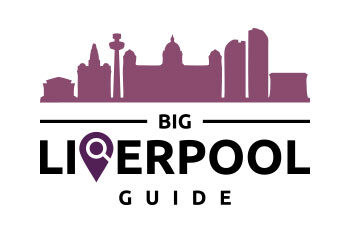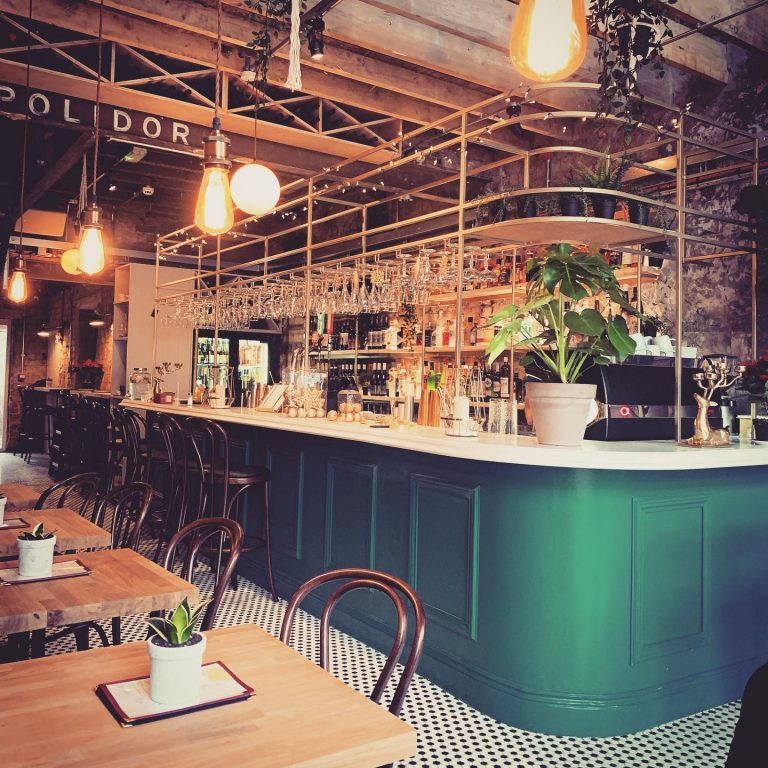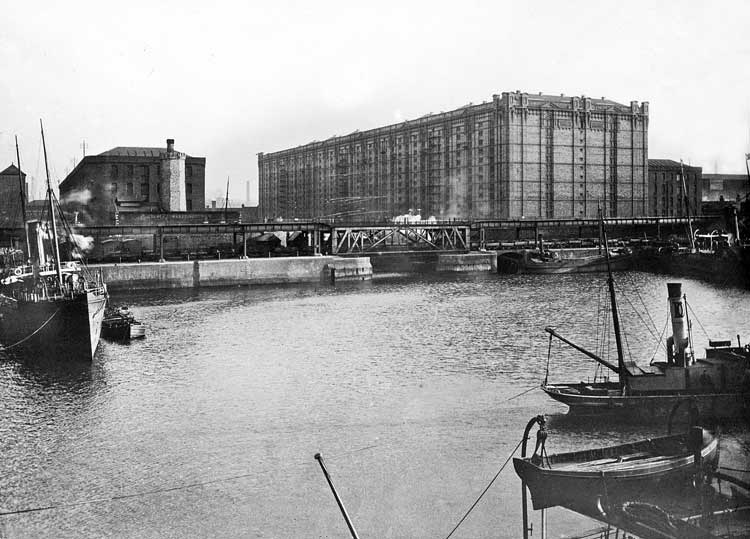A Day On Hope Street

A Day On Hope Street
Liverpool is a city made up of cultural quarters which ooze personality, heritage and diversity and the Georgian Quarter is no exception.
Famed for being the home of the city’s theatrical excellence, Hope Street is one of the most majestic streets in Liverpool, popular with locals and visitors alike.
Named after the merchant who built its first house, Hope Street is aptly named as it sits in-between two of England’s finest religious buildings in the UK; the Anglican Cathedral and the Metropolitan Cathedral.
From numerous independent bars & restaurants to famous landmarks, there is no question that Hope Street is one of Liverpool’s most charming streets. So much so, we’ve compiled a complete guide to the street which allows you to see all of its best bits in just one day.
Frederiks
Before you get into the culture of Liverpool’s Hope Street, we urge you to head to Frederiks for a spot of brunch to give you some well-needed fuel for the day ahead.
The kitchen & bar is situated to the north end of Hope Street and offers a great selection of brunch dishes guaranteed to hit the spot. The trendy yet homelike venue offers a wide selection of comfy sofas as well as outdoor space if you want to soak in the atmosphere from the get-go.
If you’re visiting on a weekend, Frederiks is open from 10am but if you’re here during the week then you’ll have to wait until midday to get your brunch fix, but we promise it’s worth the wait.

Metropolitan Cathedral
The first cultural stop on Hope Street, is a trip to the awe-inspiring Metropolitan Cathedral of Christ the King. Locally known as Paddy’s Wigwam, you can explore the majestic exteriors and interiors of the Grade II* listed building all for free. Make your way up the almighty steps and head inside where you can join in a service, take a guided tour or even catch a live show, which is nothing short of spectacular.
Head to the central point of the cathedral and look up to find the exposed interior of the prominent spire. Beautifully adorned with stain glass windows, the spire is a real highlight of the cathedral and something you should definitely seek out.

The Clove Hitch
The Clove Hitch a bit of a hidden gem and one which we definitely urge you to visit. After exploring the wonders of Paddy’s Wigwam, a well-deserved coffee and recharge is in order. Head to The Clove Hitch at 23 Hope Street to enjoy a freshly brewed coffee or chilled craft beer.
If the weather is good, make your way to the beer garden of this idyllic terrace bistro & bar to soak up some Liverpool ambiance before the next stop on your Hope Street tour.

Everyman Theatre
Heading back towards the Metropolitan Cathedral, you’ll find the famous Everyman Theatre.
Having recently undergone a dramatic makeover, the façade now represents the people of Liverpool, past and present and is a great work of art to admire as you’re walking past.
The Everyman is the home of emerging talent, where you’ll find a plethora of plays from well-known writers to youth groups, there is always something interesting to catch and we implore you to see a show or at least explore the new building in all of its glory.
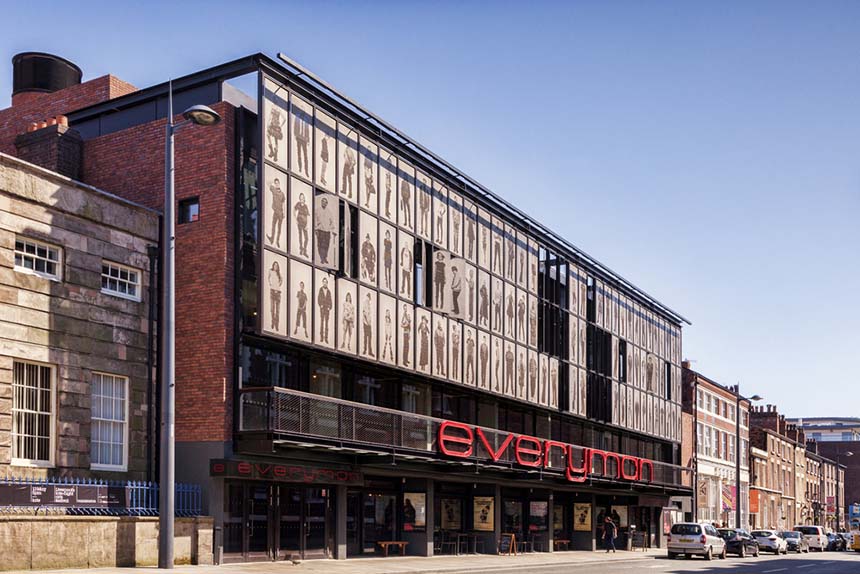
HOST
You’re probably getting peckish again and what better way is there to satisfy your hunger pangs than to enjoy some classic Asian-fusion food.
Heading South towards the Anglican Cathedral and crossing the crossroads where the Philharmonic Hall and Pub neighbour each other, you’ll find HOST which is guaranteed to satisfy all of your lunchtime needs.
The fragrant menu of HOST is wide and varied offering everything from small plates and nibbles to large dishes and big bowls, all within a stripped back 1950’s style restaurant.
With a delicious range of vegan, dairy free and gluten free dishes, HOST really has something for everyone including moreish desserts and deliciously delicate cocktails to keep you going till the evening.

A Case in History
After enjoying a light lunch, it’s time to continue the cultural tour of Hope Street and head towards the main attraction, the Anglican Cathedral. As you head towards this magnificent building which you’ve probably been eying up since this morning, you’ll pass a collection of suitcases, intricately placed at the junction of Mount Street and LIPA.
The suitcases were installed by John King in 1998 and are entitled ‘A Case in History’, the labelled suitcases ‘belong’ to many of Hope Street Quarter’s most illustrious names and organisations such as Josephine Butler a feminist pioneer, Alan Durband who was a founding mover for the Everyman Theatre and Georgia Harrison from The Beatles.
The suitcases make up an iconic landmark in Liverpool’s history so be sure to snap a photo and take the time to read all of the labels to see which owners you know.

Anglican Cathedral
Liverpool’s Anglican Cathedral is a truly stunning building.
Coming from Hope Street you’ll arrive just behind the cathedral with a raised view of the gardens. Head down for a short while and you’ll be at St James Mount and the entrance to this grand building.
You can be entertained for hours at the Anglican Cathedral, from exploring the exterior to heading to a service and enjoying a Tower Experience where you can walk (or get a lift) up to the top of the tower and enjoy panoramic views from 500ft above sea level.
The Anglican Cathedral is Britain’s biggest cathedral and the 5th largest in Europe and the friendly staff are more than happy to give you a guided tour and take you to see the Bell Chamber, where the world’s heaviest peal of bells Are housed.

Philharmonic Pub
After exploring the wonderful Anglican Carthedral you’re probably ready for a drink and where else is there to head than the iconic Philharmonic pub.
Perfect for a pre-theatre drink, The Phil is famed for being one of the most lavish and ornate pubs in the country. Oozing in flamboyancy yet still keeping that wonderfully traditional British pub vibe, The Phil is an extremely popular watering hole for good reason.
Built between 1898 and 1900, The Phil continues to carry strong senses of a gentlemen’s club with original architecture, features and grandeur throughout making this Grade II listed building one you definitely need to have a pint in.
The men’s toilets are particularly special with pink marble urinals, ornate taps and incredible ceramic tiling you’ll feel like you really are stepping back in time.

Philharmonic Hall
It would be wrong to visit the Philharmonic Pub without going to the Philharmonic Hall.
The Royal Liverpool Philharmonic was foundered in 1840 and continues to be an integral part of Liverpool’s history.
The iconic hall is home to the Royal Liverpool Philharmonic Society and has played host to any number of famous faces in its time and we urge you to try and see something whilst you’re here.
From the youth orchestra to film screenings with a live orchestra and comedy nights with the UK’s leading performers there is a plethora of events on at one of the world’s oldest concert societies. The Philharmonic Hall is a must-visit for those who truly wish to soak in the atmosphere this historic building has to offer.

Moose and Moonshine
After a day exploring Hope Street’s most stunning cultural landmarks and a few stop off’s at some incredible independents, it’s safe to say you’ve done Hope Street the right way.
Before the night is up, and if you’ve got one last drink in you, head to Moose and Moonshine, situated just left of the Philharmonic Hall where you can indulge just one more time.
Moose and Moonshine is a Poutinerie and offers a delicious selection of cocktails and light bites. Sit outside on a nice evening or warm up inside within the cosy surroundings and toast to a wonderful day on Hope Street exploring the marvellous offerings this iconic quarter has to offer.
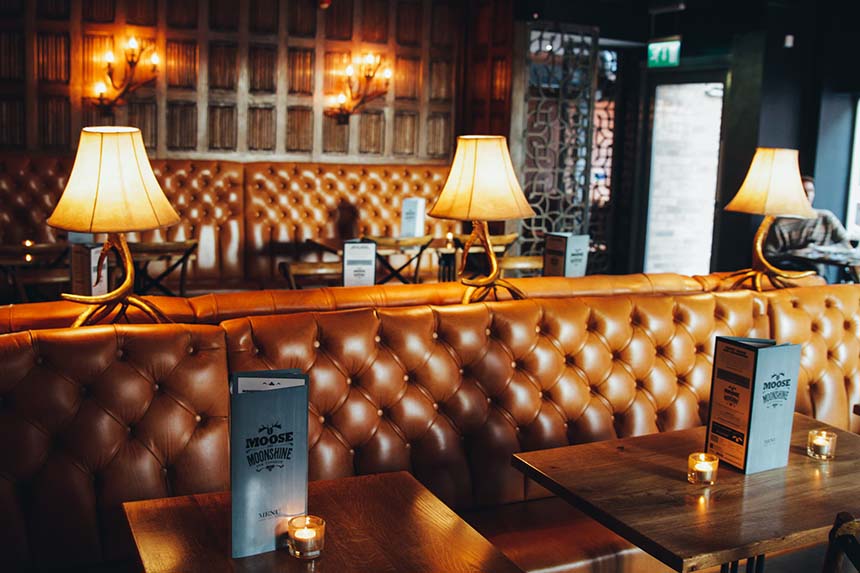
Hope Street is full of history and the buildings which line the streets are iconic in their own right.
